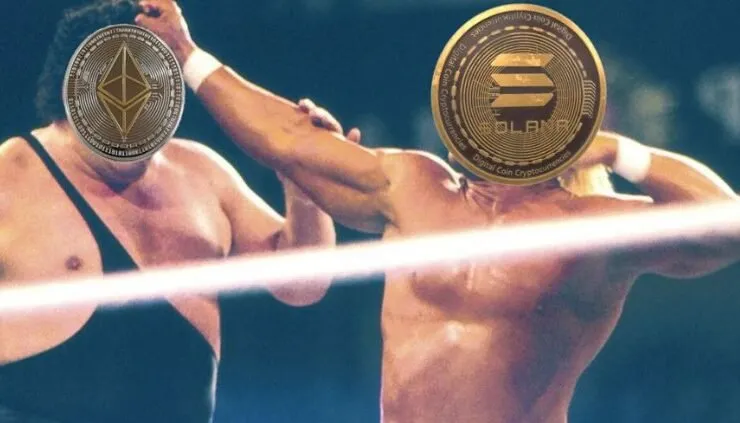Bank of America, a major US bank, has compared Solana to being the largest credit card network in the world.

“Solana could become the Visa of the digital asset ecosystem,” Bank of America digital asset analyst Alkesh Shah wrote in a research note published Tuesday. He cites more than 400 dApps running on Solana's network, ranging from peer-to-peer exchanges to NFT markets.
Meanwhile, Ethereum could become the blockchain for “High-value transactions and identification, data storage and supply chain use cases,” he wrote in the research paper.
Alkesh has long compared transactions per second (TPS) on blockchain networks to transactions on credit card networks. Visa says they might theoretically be able to handle transactions of up to 24,000 TPS, but the average is around 1,700 TPS, while Ethereum is currently 15, which isn't much considering the ever-growing demand for Dapp by users. Including transaction fees that are expensive in the double digits.
As various projects have attempted to help resolve Ethereum scalability issues, including through sidechains in Polygon and Arbitrum, to the full release of Ethereum 2.0, Ethereum creator Vitalik Buterin wrote in the post. As of June 2020, the fully upgraded network will be able to transact up to 100,000 TPS.
Solana's arrival has toppled reigning champions Ethereum and Visa, with a theoretical limit of 65,000 TPS for transactions and a transaction fee of a fraction of a penny.
“Solana has excellent scaling and sorting capabilities. But blockchain is still decentralized and has relatively little security. This shows a number of network performance issues since its inception,” Alkesh said of the September network outages and several other minor issues.
However, Avalanche claims that “attempts to find a middle ground” between Ethereum-level security and Solana-level speeds could make Solana the best blockchain for decentralized finance and enterprise.
Which he sees “High throughput capability, low cost and ease of use. Build a blockchain that is optimized for consumer use cases such as micropayments, DeFi, NFTs, decentralized networks (Web3), and games.”